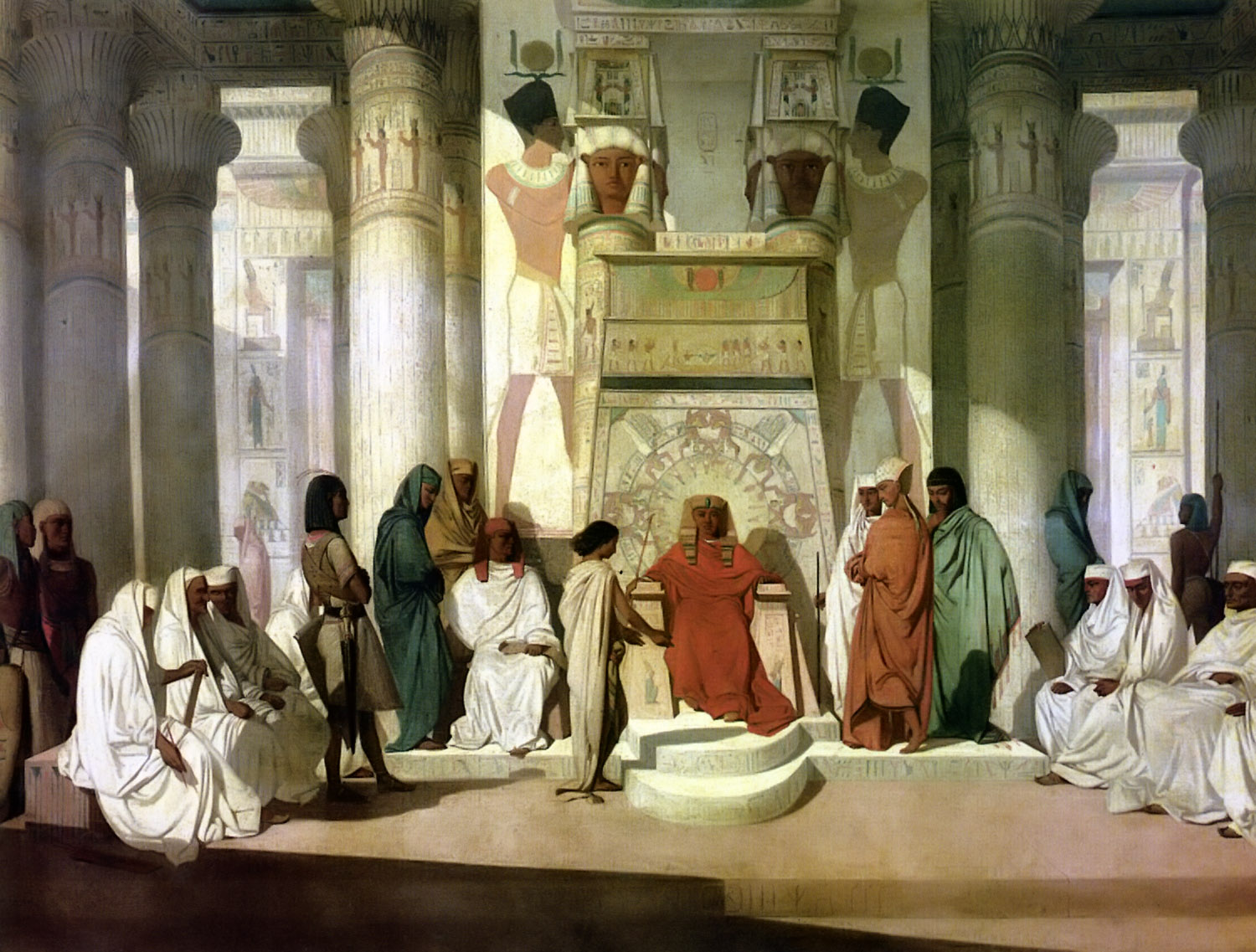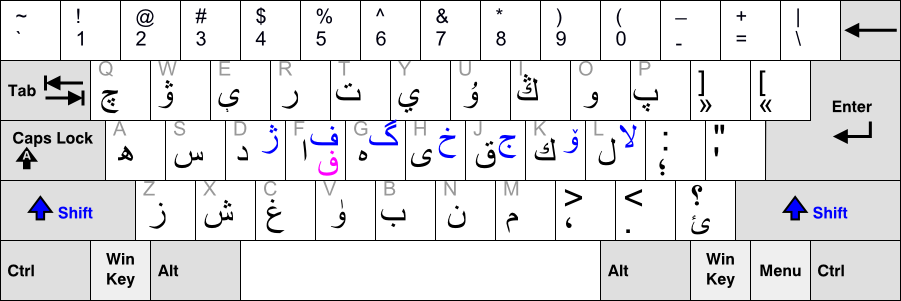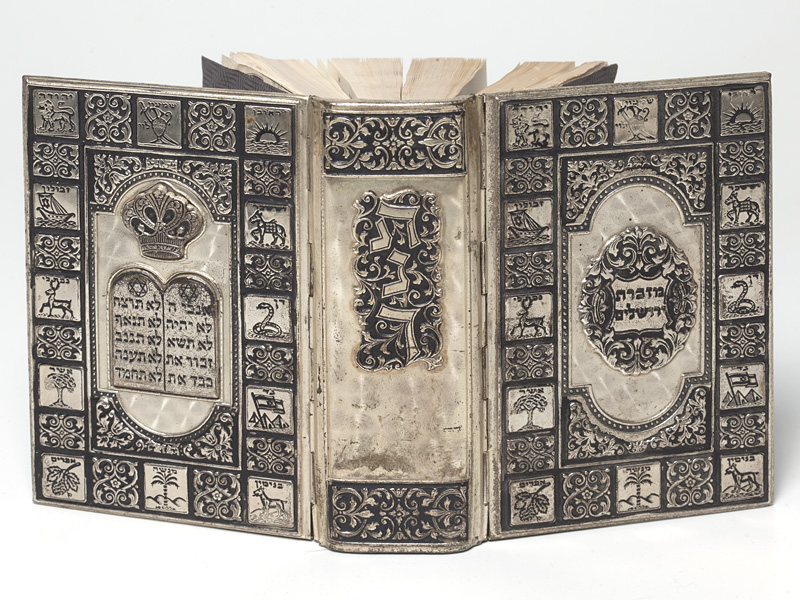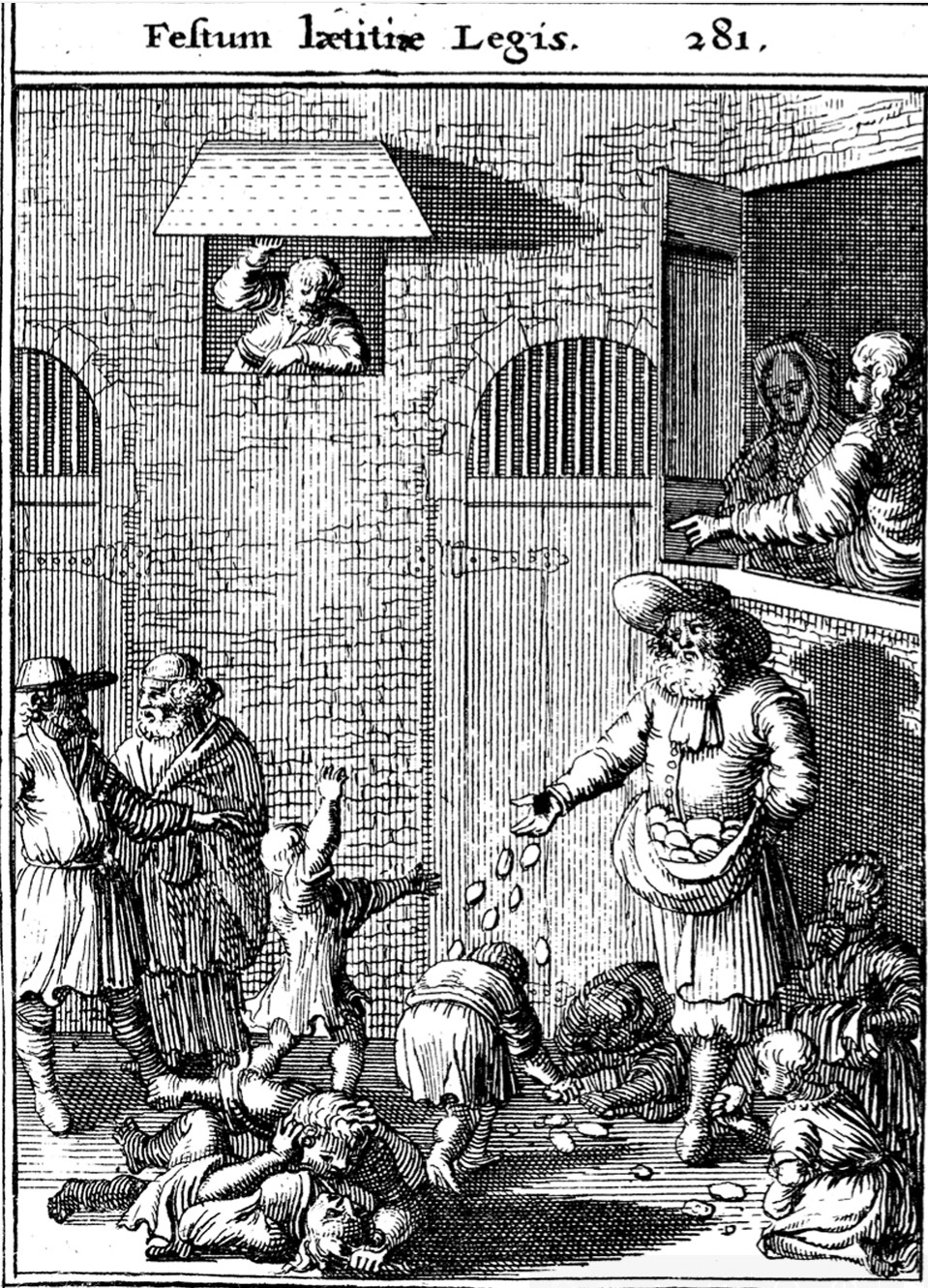|
Noach (parashah)
Noach (, ) is the second weekly Torah portion (, ''parashah'') in the annual Judaism, Jewish cycle of Torah reading. It constitutes Book of Genesis, Genesis 6:9–11:32. The parashah tells the stories of the Genesis flood narrative, Flood and Noah's Ark, of Noah's subsequent Alcohol intoxication, drunkenness and Curse, cursing of Canaan (Biblical figure), Canaan, and of the Tower of Babel. The parashah has the most Chapters and verses of the Bible, verses of any weekly Torah portion in the Book of Genesis (but not the most letters or words). It is made up of 6,907 Hebrew letters, 1,861 Hebrew words, 153 verses, and 230 lines in a Torah Scroll (, ''Sefer Torah''). (In the Book of Genesis, Parashat Miketz has the most letters, Parashat Vayeira has the most words, and Parashat Vayishlach has an equal number of verses as Parashat Noach.) Jews read it on the second Shabbat, Sabbath after Simchat Torah, generally in October or early November. Readings In traditional Sabbath Torah rea ... [...More Info...] [...Related Items...] OR: [Wikipedia] [Google] [Baidu] |
Miketz
Miketz or Mikeitz (—Hebrew for "at the end," the second word and first distinctive word of the ''parashah'') is the tenth weekly Torah portion (, ''parashah'') in the annual Jewish cycle of Torah reading. It constitutes Genesis Genesis may refer to: Religion * Book of Genesis, the first book of the biblical scriptures of both Judaism and Christianity, describing the creation of the Earth and of humankind * Genesis creation narrative, the first several chapters of the Bo ... 41:1–44:17. The parashah tells of Joseph's interpretation of Pharaoh's dreams, Joseph's rise to power in Ancient Egypt, Egypt, and Joseph's testing of his brothers. The parashah has the most letters (although not the most words or Chapters and verses of the Bible, verses) of any of the weekly Torah portions in the Book of Genesis. It is made up of 7,914 Hebrew letters, 2,022 Hebrew words, 146 verses, and 255 lines in a Torah Scroll (, ''Sefer Torah''). (In the Book of Genesis, Parashat Vayeira has the m ... [...More Info...] [...Related Items...] OR: [Wikipedia] [Google] [Baidu] |
ArtScroll
ArtScroll is an imprint of translations, books and commentaries from an Orthodox Jewish perspective published by Mesorah Publications, Ltd., a publishing company based in Rahway, New Jersey. Rabbi Nosson Scherman is the general editor. ArtScroll's first president, Rabbi Meir Zlotowitz (July 13, 1943 – June 24, 2017) was succeeded by his oldest son, Rabbi Gedaliah Zlotowitz, whose name is listed secondarily in new publications as general editor, after that of Rabbi Scherman. History In 1975, Rabbi Meir Zlotowitz, a graduate of Mesivtha Tifereth Jerusalem, was director of a high-end graphics studio in New York. The firm, ArtScroll Studios, produced ketubot, brochures, invitations, and awards. Rabbi Nosson Scherman, then principal of Yeshiva Karlin Stolin Boro Park, was approached by Zlotowitz who had helped him write copy for brochures and journals in the past, and they collaborated on a few projects. In late 1975, Zlotowitz wrote an English translation and commentary o ... [...More Info...] [...Related Items...] OR: [Wikipedia] [Google] [Baidu] |
Brooklyn
Brooklyn is a Boroughs of New York City, borough of New York City located at the westernmost end of Long Island in the New York (state), State of New York. Formerly an independent city, the borough is coextensive with Kings County, one of twelve original counties established under English rule in 1683 in what was then the Province of New York. As of the 2020 United States census, the population stood at 2,736,074, making it the most populous of the five boroughs of New York City, and the most populous Administrative divisions of New York (state)#County, county in the state.Table 2: Population, Land Area, and Population Density by County, New York State - 2020 New York State Department of Health. Accessed January 2, 2024. [...More Info...] [...Related Items...] OR: [Wikipedia] [Google] [Baidu] |
Samekh
Samekh or samech is the fifteenth Letter (alphabet), letter of the Semitic abjads, including Phoenician alphabet, Phoenician ''sāmek'' 𐤎, Hebrew alphabet, Hebrew ''sāmeḵ'' , Aramaic alphabet, Aramaic ''samek'' 𐡎, and Syriac alphabet, Syriac ''semkaṯ'' ܣ. Arabic script, Arabic sīn س represents samekh, but there is no surviving descendant of samekh in the arabic alphabet. However, it was present in the Nabataean alphabet, the Arabic alphabet's immediate predecessor, as the letter ''simkath'' , which was related to the Ancient North Arabian 𐪏 and Ancient South Arabian script, South Arabian . The gematria, numerical value of samekh is 60. Samekh represents a voiceless alveolar fricative . In the Hebrew language, the samekh has the same pronunciation as the left-dotted Shin (letter)#Hebrew shin/sin, shin . Origin The Phoenician letter may continue a glyph from the Middle Bronze Age alphabets, possibly based on a Egyptian hieroglyphs, hieroglyph for a tent ... [...More Info...] [...Related Items...] OR: [Wikipedia] [Google] [Baidu] |
Pe (Semitic Letter)
Pe is the seventeenth Letter (alphabet), letter of the Semitic abjads, including Arabic alphabet, Arabic ''fāʾ'' , Aramaic alphabet, Aramaic ''pē'' 𐡐, Hebrew alphabet, Hebrew ''pē'' , Phoenician alphabet, Phoenician ''pē'' 𐤐, and Syriac alphabet, Syriac ''pē'' ܦ. (in abjadi order). It is related to the Ancient North Arabian 𐪐, Ancient South Arabian script, South Arabian , and Geʽez script, Ge'ez . The original sound value is a voiceless bilabial plosive and it retains this value in most Semitic languages, except for Arabic, where the sound changed into the voiceless labiodental fricative , carrying with it the pronunciation of the letter. However, the sound in Arabic is used in loanwords with the letter ''pe (Persian letter), pe'' as an alternative. Under the Persian influence, many Arabic dialects in the Persian Gulf, as well as in Egyptian Arabic, Egypt and in some of the Maghreb under the Ottoman influence uses the letter ''pe'' to represent the sound wh ... [...More Info...] [...Related Items...] OR: [Wikipedia] [Google] [Baidu] |
Hebrew Bible
The Hebrew Bible or Tanakh (;"Tanach" . '' Random House Webster's Unabridged Dictionary''. ; ; or ), also known in Hebrew as (; ), is the canonical collection of scriptures, comprising the Torah (the five Books of Moses), the Nevi'im (the Books of the Prophets), and the [...More Info...] [...Related Items...] OR: [Wikipedia] [Google] [Baidu] |
Tanakh
The Hebrew Bible or Tanakh (;"Tanach" . ''''. ; ; or ), also known in Hebrew as (; ), is the canonical collection of scriptures, comprising the (the five Books of Moses), the |
Masoretic Text
The Masoretic Text (MT or 𝕸; ) is the authoritative Hebrew and Aramaic text of the 24 books of the Hebrew Bible (''Tanakh'') in Rabbinic Judaism. The Masoretic Text defines the Jewish canon and its precise letter-text, with its vocalization and accentuation known as the ''masora''. Referring to the Masoretic Text, ''masora'' specifically means the diacritic markings of the text of the Jewish scriptures and the concise marginal notes in manuscripts (and later printings) of the Tanakh which note textual details, usually about the precise spelling of words. It was primarily copied, edited, and distributed by a group of Jews known as the Masoretes between the 7th and 10th centuries of the Common Era (CE). The oldest known complete copy, the Leningrad Codex, dates to 1009 CE and is recognized as the most complete source of biblical books in the Ben Asher tradition. It has served as the base text for critical editions such as Biblia Hebraica Stuttgartensia and Adi. The d ... [...More Info...] [...Related Items...] OR: [Wikipedia] [Google] [Baidu] |
Maftir
Maftir () is the last person called up to the Torah on Shabbat and holiday mornings: this person also reads (or at least recites the blessings over) the ''haftarah'' portion from a related section of the Nevi'im (prophetic books). Informally, the portion of the Torah read or blessed by the maftir is called the "maftir portion", or the "maftir" for short: in a Chumash ,the word "maftir" is printed in the margin at the beginning of that portion. On a normal Shabbat morning, seven people are formally called up to the Torah, and a part of the week's Torah portion is read by or to each of them. The ''maftir'' is not counted among the seven, and is sometimes not formally called up by name: on the conclusion of the seventh reading and after reciting Chatzi kaddish, in some communities the gabbai simply calls "''maftir''" (or in Western Ashkenazic communities does not call at all and the Maftir simply goes up) and repeats the last few verses in the presence of the ''maftir''. On J ... [...More Info...] [...Related Items...] OR: [Wikipedia] [Google] [Baidu] |
Aliyah (Torah)
An (; pl. , ; or ) is the calling of a member of a Jewish congregation up to the '' bimah'' for a segment of the formal Torah reading. One receiving an is called an (male) or (female). The individual receiving the goes up to the ''bimah'' before the chanting and recites a series of blessings specific to ritualized Torah chanting. After the portion of the Torah is read, the recipient recites another blessing. Babylonian Jewry completed the cycle of Torah portions annually, and Palestinian Jewry adopted a triennial cycle, according to '' Megillah'' 29b. The weekly chanting of the ''haftara'', a portion of the ''Nevi'im'' linked by the '' Tannaim'' to the week's Torah portion, originated during the Mishnaic era (''Megillah'' 24a). This practice probably began after the canonization of the Hebrew Bible and the ensuing effort by Jews to highlight the Jewish prophets. Process The Torah reading consists of a series of ''aliyot'': three on normal weekdays, seven on Shabbat, ... [...More Info...] [...Related Items...] OR: [Wikipedia] [Google] [Baidu] |
Simchat Torah
Simchat Torah (; Ashkenazi: ), also spelled Simhat Torah, is a Jewish holiday that celebrates and marks the conclusion of the annual cycle of public Torah readings, and the beginning of a new cycle. Simchat Torah is a component of the Hebrew Bible, Biblical Jewish holiday of ''Shemini Atzeret'' ("Eighth Day of Assembly"), which follows immediately after the festival of Sukkot in the month of Tishrei (occurring in September or October on the Gregorian calendar). Simchat Torah's main celebrations occur in the synagogue during evening and morning services. In many Orthodox Judaism, Orthodox as well as many Conservative Judaism, Conservative congregations, this is the only time of year on which the Sefer Torah, Torah scrolls are taken out of the Ark (synagogue), ark and read at ''night''. In the morning, the last ''parashah'' of Deuteronomy and the first ''parashah'' of Book of Genesis, Genesis are read in the synagogue. On each occasion, when the ark is opened, the worshippers leave t ... [...More Info...] [...Related Items...] OR: [Wikipedia] [Google] [Baidu] |







